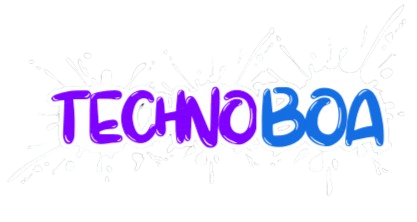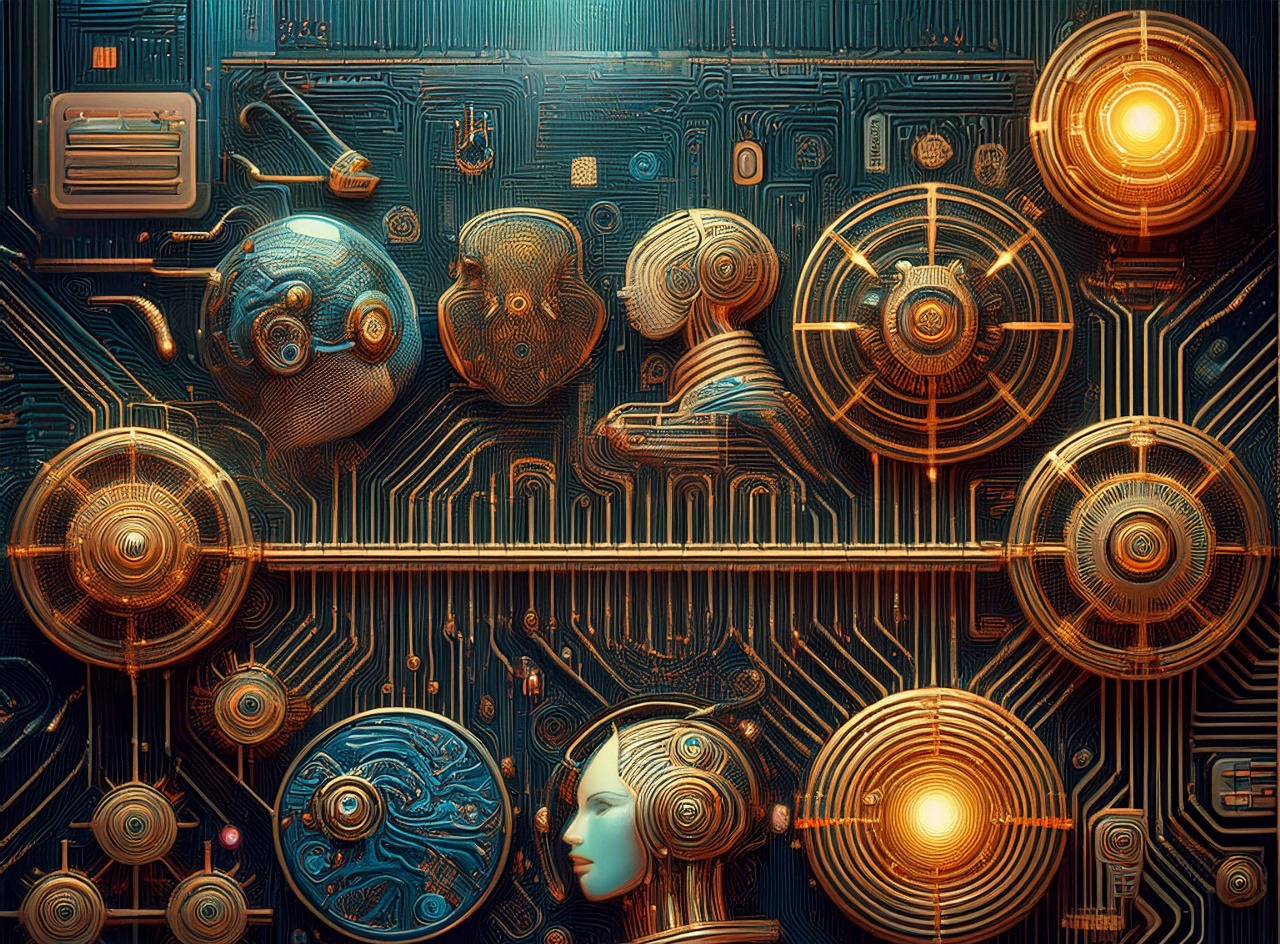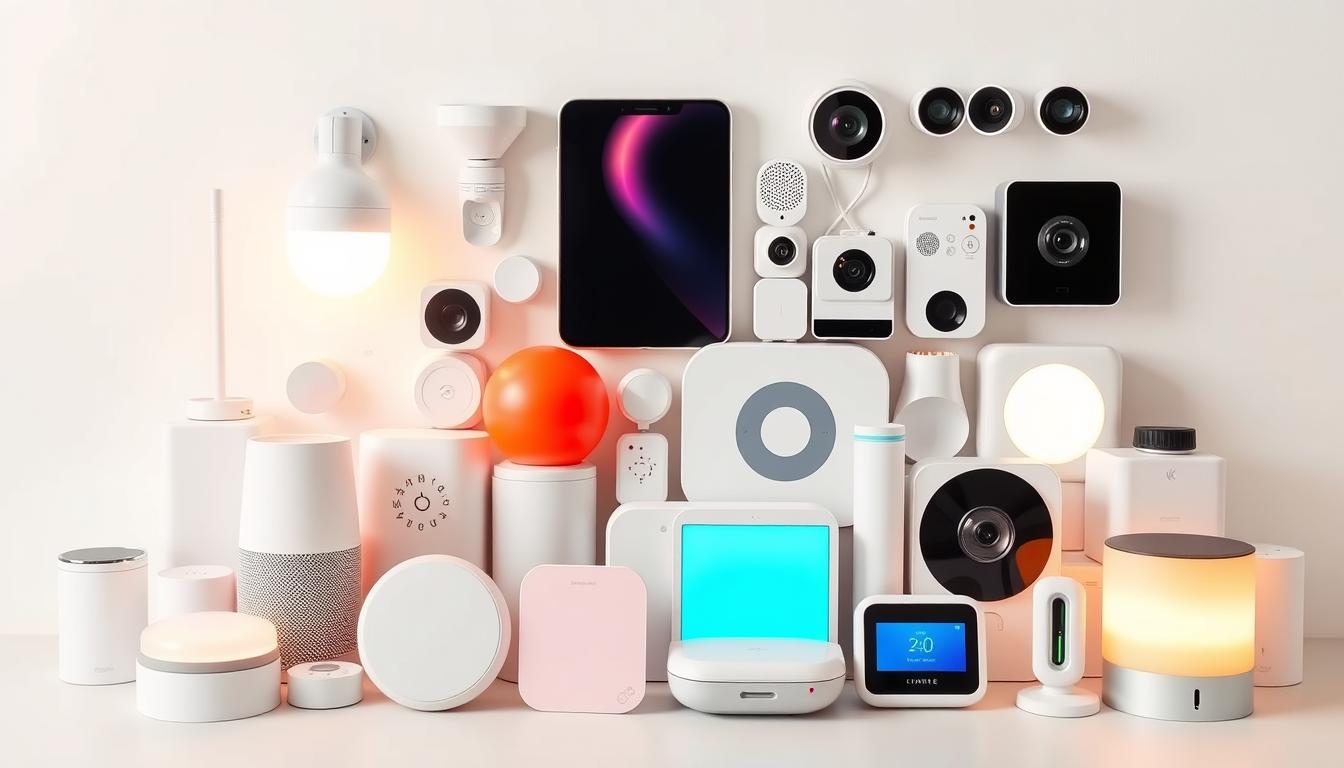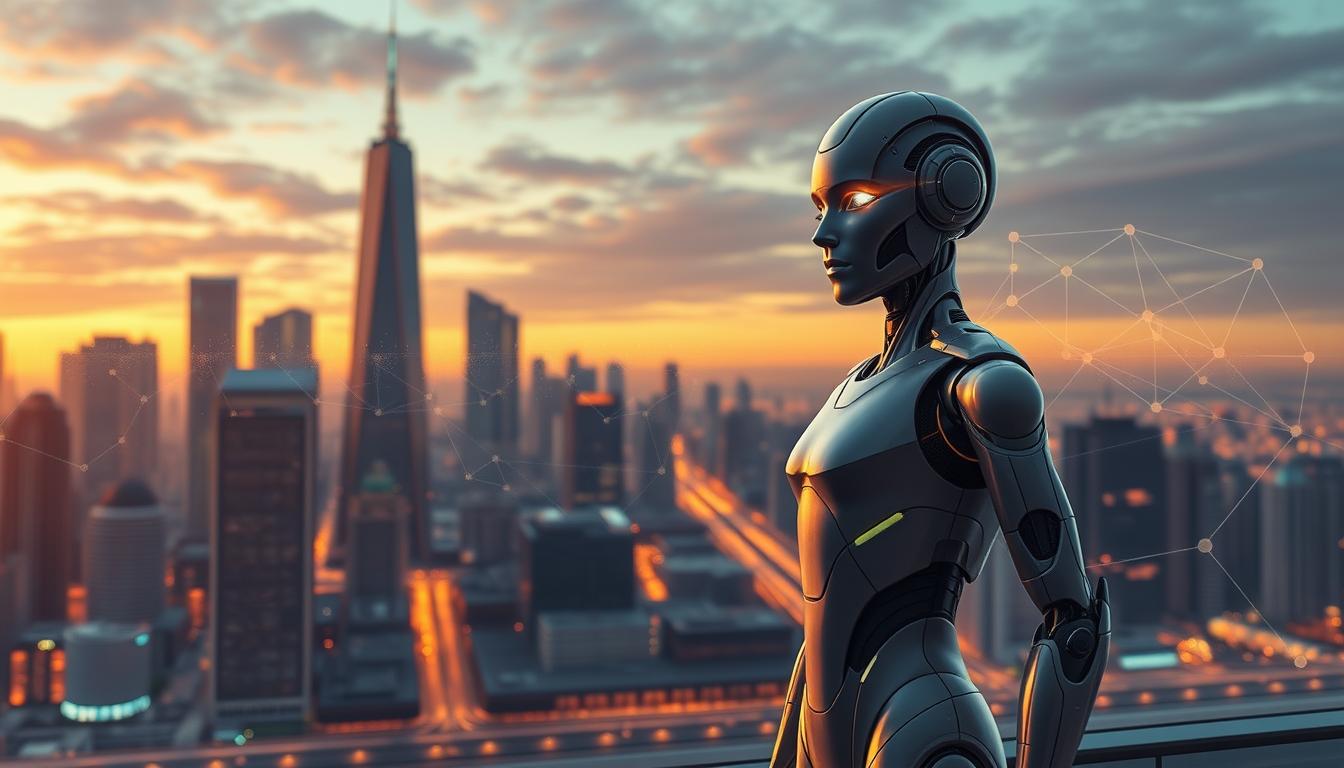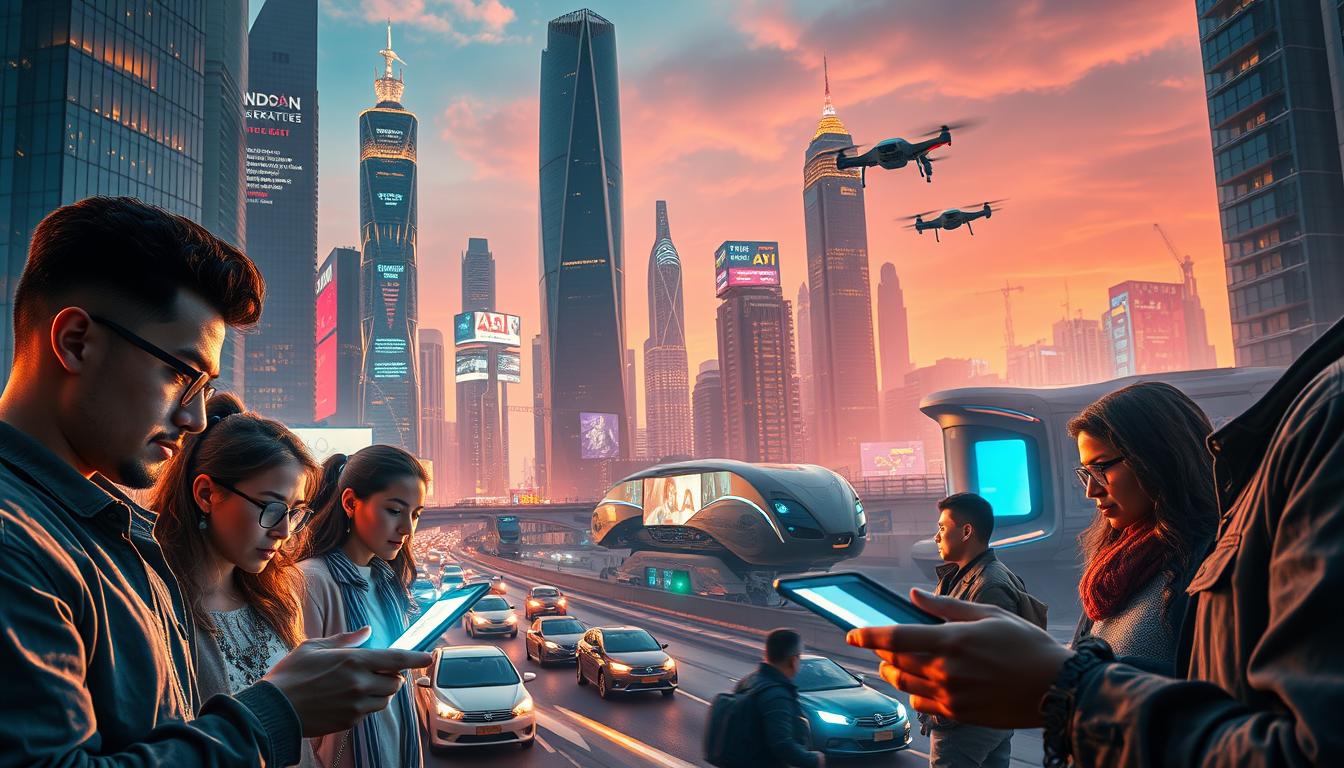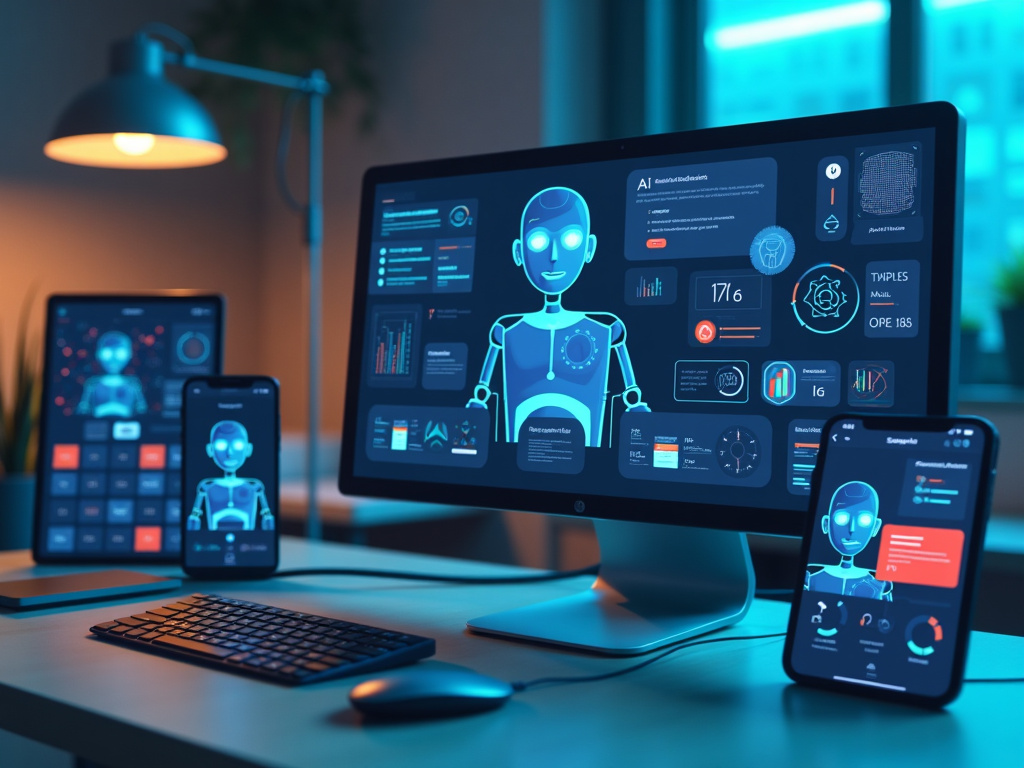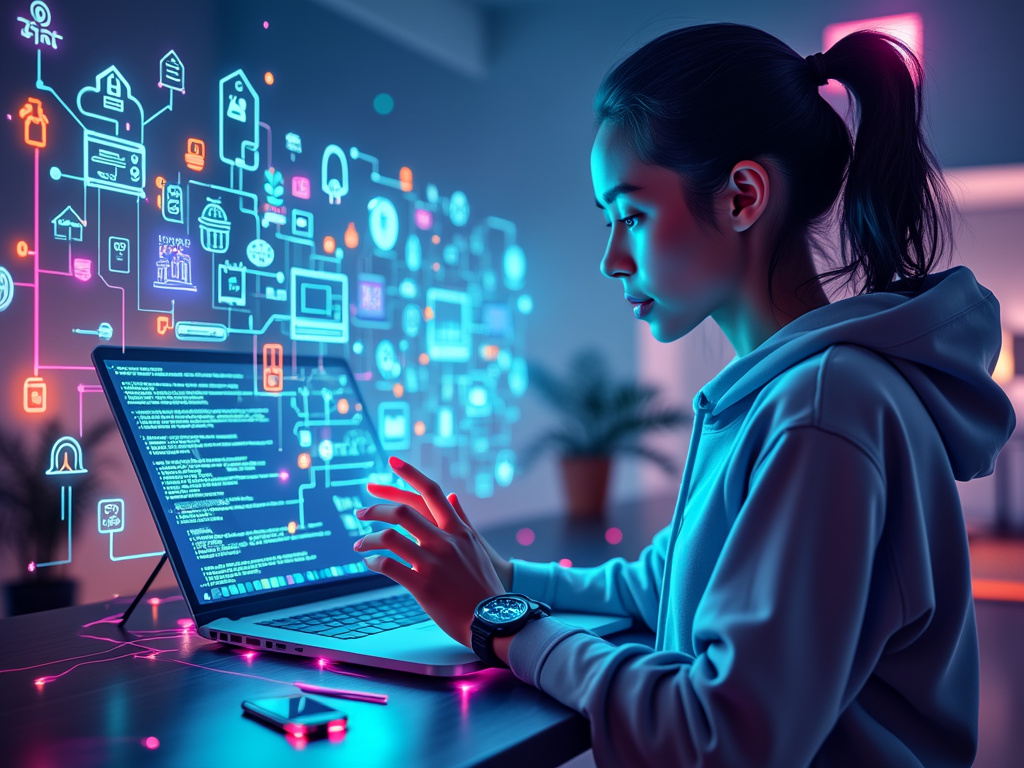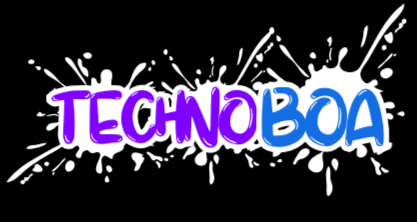The journey started with AI being just an imagination in science fiction. However, it has grown to be part and parcel of our daily lives. This blog post seeks to highlight some outstanding points that have characterized artificial intelligence over time as well as showing its implications on today’s human life.
The beginning days: Philosophical roots and initial concepts.
The idea of having creatures that are not human is as old as mankind itself. As such, artificial intelligence was founded on thoughts about the nature of human thinking and its mechanical imitation by René Descartes and Thomas Hobbes in 17th and 18th centuries respectively.
The Birth of AI: The 1950s and 1960s
Artificial intelligence research began properly in the middle of the 20th century.In 1950, Alan Turing introduced Turing test for proving whether a machine can carry out tasks which we associate with human capabilities. In 1956 during the Dartmouth Conference; men such as John McCarthy; Marvin Minsky; and Claude Shannon met for discussing intelligent machines’ possibilities, hence coining the term ‘artificial intelligence’.
The Rise and Fall: AI Winters
The first excitement of AI spurred great investment and achievements over the 1960s to 70s. However, several setbacks impeded development due to inflated hopes and restricted processing abilities. These are referred to as “AI winters”.
When did renaissance happen?
According to history, it begins from the 1980s to the early 2000s, in which time there was a revival of artificial intelligence research through expert systems designed to simulate human decision making using rule-based algorithms.This was followed by a transition in the 1990s and early 2000s characterized by further advancements resulting from machine learning algorithms as well as large datasets.
The Modern Era: Deep Learning and Real-Time Applications
Deep learning – a subset of machine learning involving neural networks – was responsible for AI’s real breakthrough during the 2010s where it processed vast amounts of data. Image recognition, natural language processing, speech recognition alongside autonomous systems benefited tremendously from this revolution.
Today, AI is built into different real-time applications including virtual assistants like Siri and Alexa or recommendation systems at Netflix and Amazon sites among others. Real-time data processing makes it possible for immediate insights provided by AI enabling them to make spontaneous decisions; hence revolutionizing industries including health care, finance, and transport.
Recent Breakthroughs
1. Generative AI Revolution
The generative AI tools such as ChatGPT have continued to leap forward making them widely adopted. These tools are now embedded into most commonly used applications from writing emails to creating overall presentations.
2. Multimodal AI
There has been remarkable progress made on AI systems that process and generate multiple input types such as text, images, or video. It promotes better interaction between man and machine.
3. Explainable AI
In recent years, significant strides have been made towards making it possible for us to know what goes into the working of an AI system. Users’ understanding of how machines arrive at their decisions is key to building trust in them, as well as considering ethical issues.
4. AI In Health Care
The role played by artificial intelligence in health care has seen a lot of growth with algorithms diagnosing diseases accurately and predicting patient outcomes4. Thereby improving patient care and making medical processes smoother.
5. AI-Powered Robotics
AI-powered robots have become more skilled at doing intricate tasks besides communicating seamlessly with humans. Manufacturing industry and personal assistance among others stand out as areas where innovations have taken place in this regard for example standardization procedures used in logistics management sectors among others.
6. Ethical AI and Regulation
Building AI systems which are fair, transparent, and accountable has become a major focus. New regulations and ethical frameworks are emerging in order to guarantee a responsible use of AI.
7. Customized AI Models
There are smaller and more efficient AI models being developed which can easily cater for customizing of specific tasks thus making AI available to organizations and individuals. These include advancements in open-source AI models.
8. AI in Creative Arts
Creative AI tools are becoming increasingly popular among artists and creators, as they try to exploit their new options.
9. AI in Everyday Devices
Everyday devices include smartphones, home assistants and pedagogical objects as AI technology is being embedded in them for improved capabilities and more naturalistic use. Advanced photo editing and personalized recommendations are some of these features.
10. AI for Climate and Environment
AI is being employed in addressing the environmental problems, such as forecasting climate patterns and refining energy consumption. This kind of application avails itself to more sustainable solutions for the future4.
These breakthroughs show how fast AI is developing and how it is having a larger influence on all sides of our existence.
The Future: AI’s Growing Influence
It can’t be denied that AI is transforming humanity’s destiny. The interaction between humans and machines will become tighter as they respond to each other in real-time due to the use of big data for processing everything humans know. This interdependence between intelligence factories and brains has a potential to yield new breakthroughs not only in self-driving cars but also in personalized medicine whose future we cannot see yet.
